The northeastern Venato region of Italy is protected by mountains; it stretches from the Dolomite Mountains to the Adriatic Sea. Venice, its regional capital, is famed for its canals, Gothic architecture and Carnival celebrations. If you love Amarone wine and Prosecco, this is the wine-producing region of Italy that you should visit!
The Veneto was part of the powerful Venetian Republic for more than 1,000 years, between the 7th and 18th centuries.
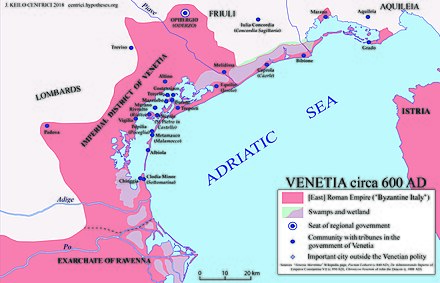
Near alpine Lake Garda, medieval Verona is known as the setting of Shakespeare’s “Romeo & Juliet.”

You may also want to travel to the Prosecco vineyards; around the towns of Valdobbiadene, Treviso, and Conegliano. Prosecco is even made in the Trieste area of the Friuli Venezia Giulia region in the very far North-East end of Italy.

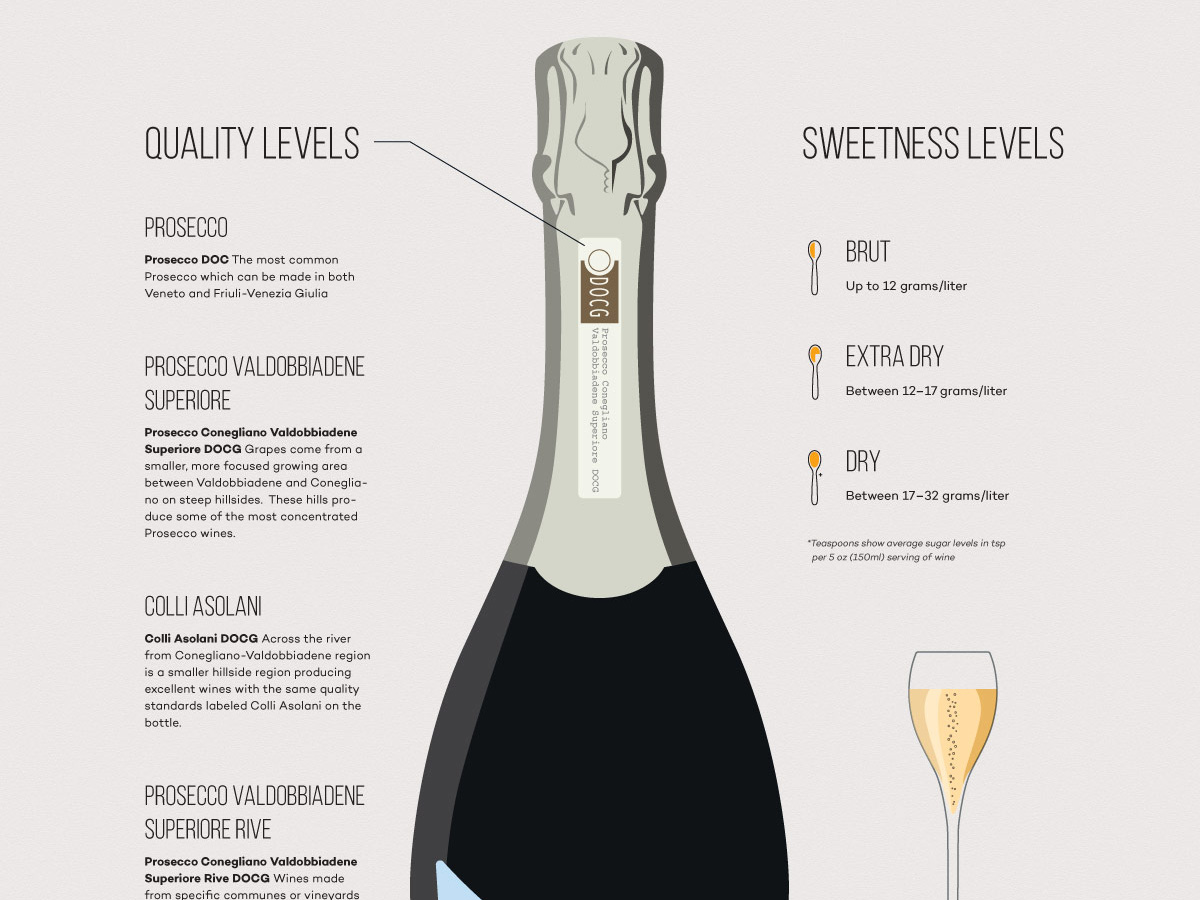
Sparkling Prosecco is produced in also produced in this region; made mostly with Glera grapes, which were formerly referred to as Prosecco grapes (shown below). Prosecco wines MUST be made from a minimum of 85% Glera grapes! It can also include Verdiso, Bianchetta Trevigiana, Perera, or a few other varieties. In order for a bottle of sparkling wine to say Prosecco on the label it must be made in one of the nine provinces which lie in the Veneto and Friuli Venezia Giulia regions of Italy.

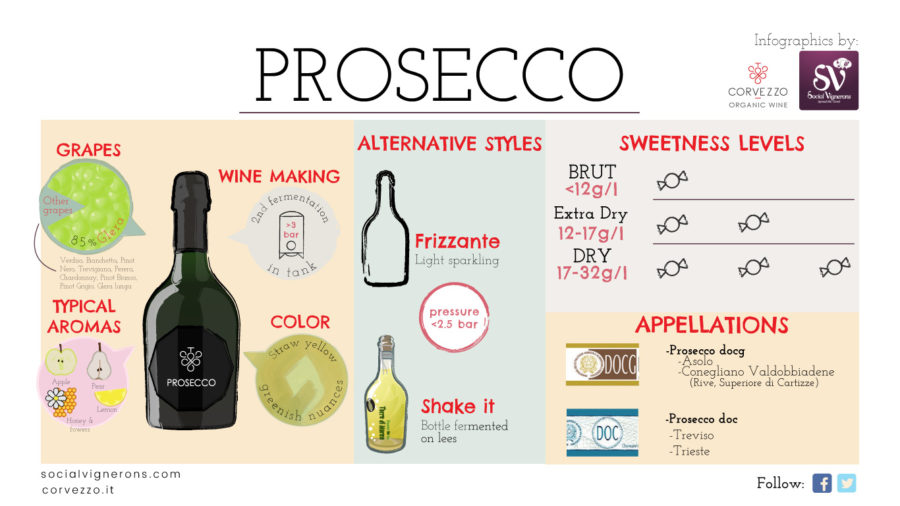


The cooler climates are suited to varietals like Garganega and Glera (for Prosecco); the warmer Adriatic coastal plaines produce Corvina (for Amarone) in Valpolicella.


Amarone della Valpolicella is one of my favorite Italian wines; a red wine blend commonly made Corvina, Corvinone, Rondinella, Oseleta and Molinara grapes. The grapes are grown and produced in Valpolicello, located in the Veneto region of northern Italy.
Watch this interesting video to find out how Amarone is made:
What makes these wines unique is the process that takes place after harvest known as the “appassimento process.” Traditionally, after harvest they were laid out on straw mats to turn into raisins in the sun.
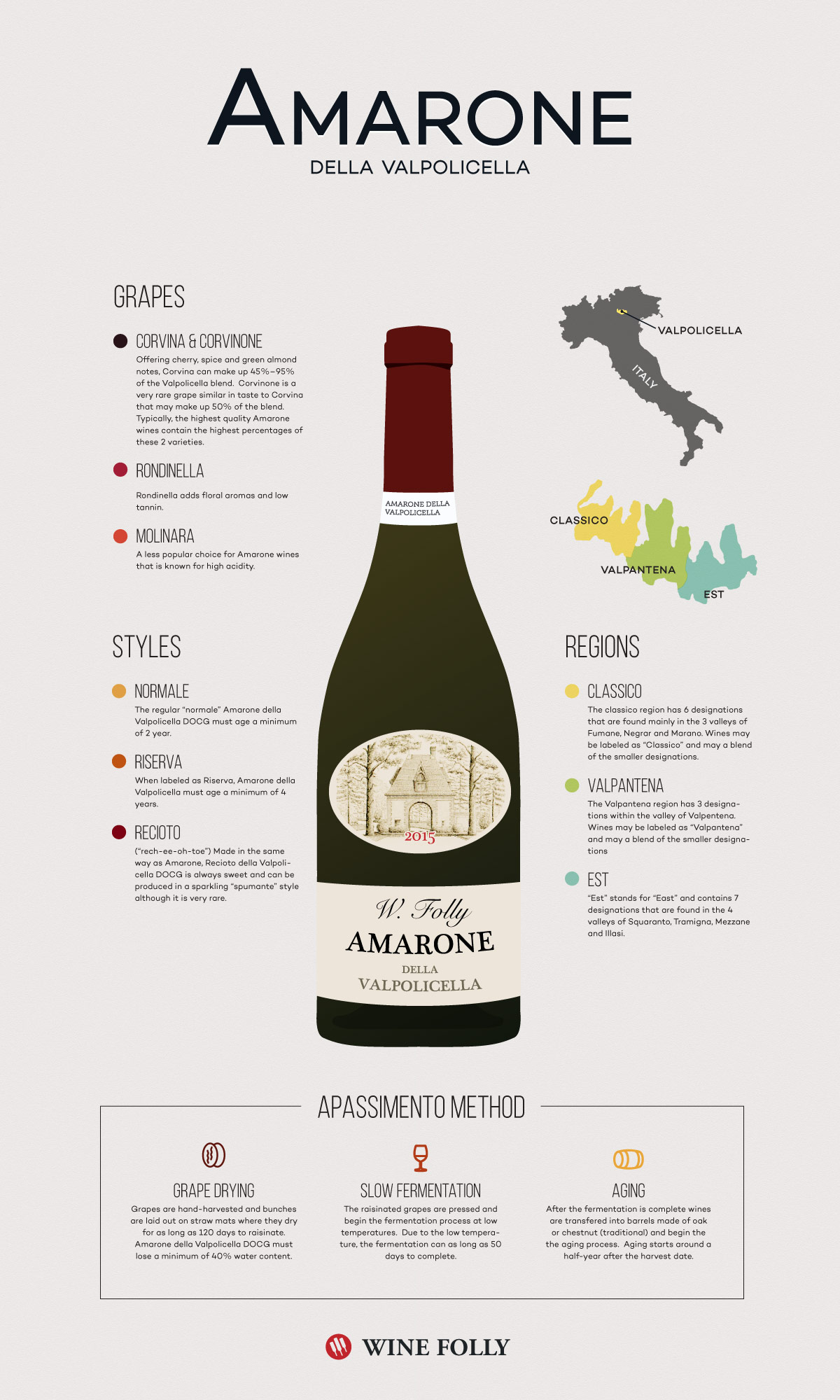
The basic idea is to dehydrate the grapes, which in turn, increases the concentration and the sugar in the grape, adding richness and balance and a higher alcohol content to the final product. Due to the dehydration in the grapes, it takes twice as many grapes to produce the wine, which has a lot to do with the very expensive price tag associated with it.
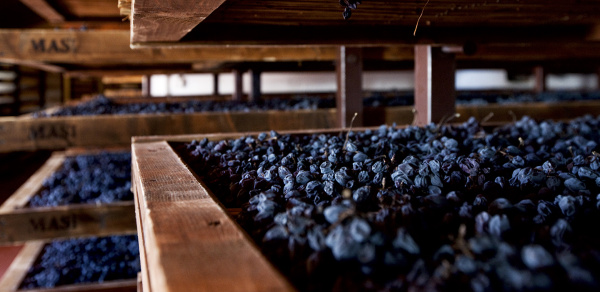
Recioto wine is also produced using this dried grapes method using Corvina, Rondinella, and Molinara grapes. For Amarone, grapes dry for 4 months: for Recioto, the grapes dry for 30-35 days.
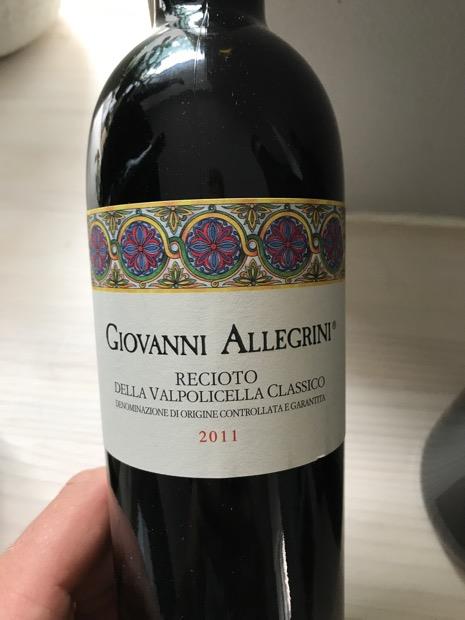
Masi Agricola is a wine producer in this region. The estate is owned by the Boscaini family, who named it for the Vaio de Masi valley that was a part of the original purchase.

The Masi estate
Masi, one of the most heralded of all Venetian wine estates, is located in the hamlet of Gargagnago in the western sector of the Valpolicella production zone, not far from the city of Verona. The winery dates back seven generations, to the end of the 18th Century, when the family purchased vineyards in this area. Sandro Boscaini (below) has been the driving force behind Masi for four decades.


Now, Masi owns vineyards throughout the region, including in the Bardolino Classico and Soave Classico DOC zones as well as in Valpolicella. “Masi Amarone, one finds a restrained approach, although this is still a forceful wine, one that contains 16-16.5 percent levels of alcohol. Raffaele Boscaini says: Amarone is at the same time an elegant and powerful wine. Amarone indeed is considered the gentle giant of Italian red wines, as it has bold, yet subtle, characteristics.”
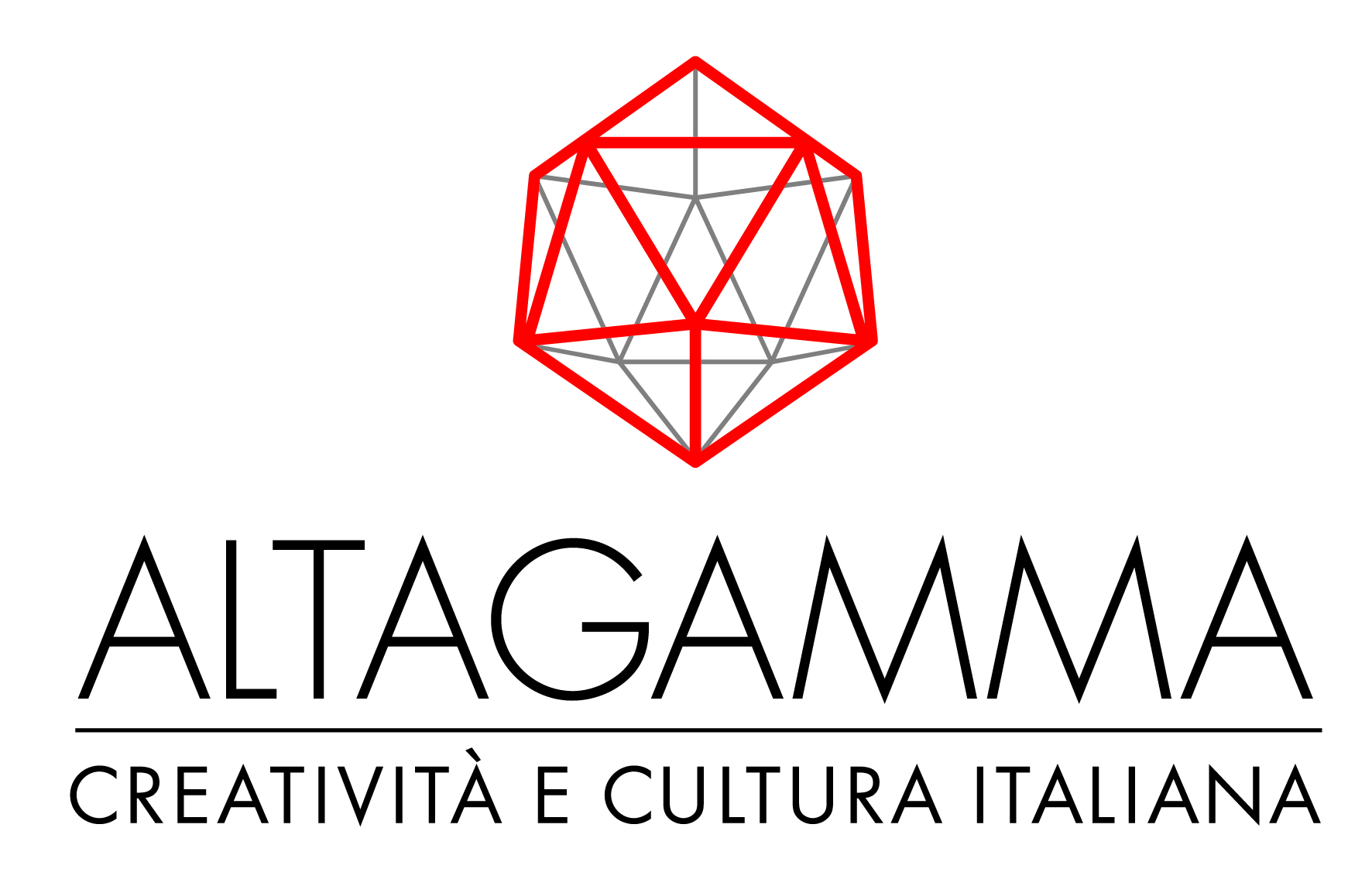
“Masi’s wines are distributed to more than 120 countries in the world and Masi is an ambassador for the most prestigious Italian products. A member of Altagamma, the Association that groups together Italy’s finest products, from worlds that span fashion, design and gastronomy, Masi is a reference point for those who look for “true luxury” in authentic products, made from carefully selected raw materials, fashioned with skill and enhanced by the experience and knowledge found in a long family tradition.”

The Masi cellars are specifically geared toward the appassimento technique of drying grapes on bamboo racks. They are temperature- and humidity-controlled, with sufficient ventilation to allow for the drying of the grapes. These levels of temperature and humidity have been taken from historical vintages when the Amarone was of particularly high quality. Masi also uses a range of different oak treatments for its wines, and has a long history of experimentation with everything from fermentation to new clones in the vineyards.
Masi has expanded over the years with vineyards purchased in the best historical production sites in the Venetian regions. Masi also manages the historic “château” belonging to the Conti Serego Alighieri, the noble house descended from Dante the Poet, whose family members have lived in Valpolicella since 1353.
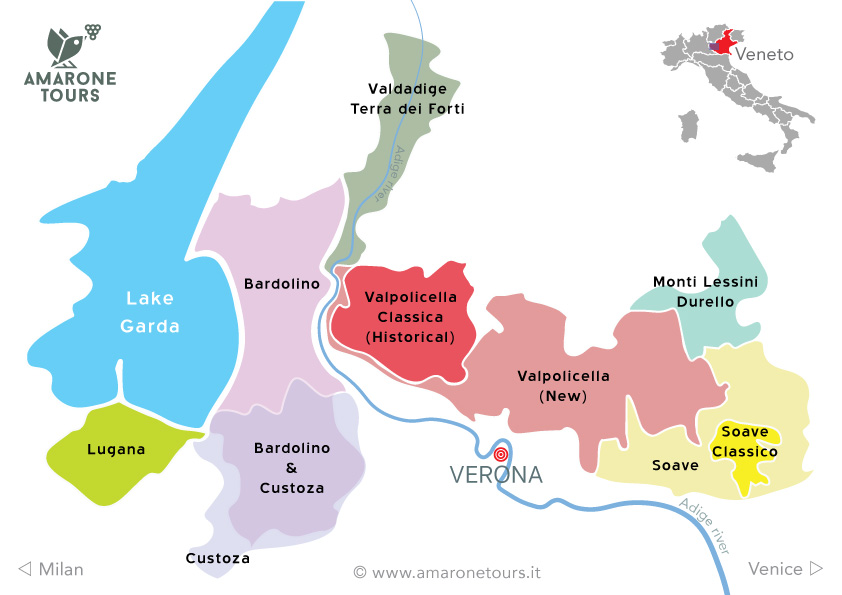
This summer, I visited Cantine Masi-Serego Alighieri in Valpolicella. Since 1973, the Boscaini family and the Conti Serego Alighieri, descendants of the famous poet Dante Alighieri and owners since 1353, have combined to produce world-renowned wines on the prestigious vineyards of the Serego Alighieri, in Valpolicella in Veneto. I loved the Serego Alghieri Vaio Amaron, Amarone della Valpolicella DOCG (Corvina, Molinara, Rondinella)

Masi has expertise in the Appassimento technique; it has been practiced in the region since the time of the Ancient Romans. Grapes are laid out to dry for the winter months on typical bamboo racks called “arele” in drying rooms.
Appassimento refers to the process of drying grapes to make wine – it’s carried out in Valpolicella on a much wider scale than anywhere else.
Ripasso is a red wine from the Valpolicella zone located north of Verona in the Veneto region of Italy. Ripasso is generally less well known than Valpolicella and Amarone wines, also from this area, even though it shares some features of both wines.
The term “Ripasso” means “repassed.” That refers to its production process whereby regular, fermented Valpolicella (which is a blend of three regional native red grape varieties – Corvina, Rondinella and occasionally Molinara) is added to a cask containing the skins and lees left over from recently fermented Amarone wines. The process of adding (or “repassing”) the lighter Valpolicella wine over the remainders of the “bigger” Amarone wine imparts additional color, texture and flavor to the Valpolicella wine. Also, it induces a second fermentation of the wine that increases the wine’s alcoholic content. I have never been a big fan of Ripasso. They call it a baby Amarone and is generally much cheaper.

Ripasso that retains the vibrancy of Valpolicella but is darker in color and bigger; pairs with hearty foods such as stews, braised red meats, game and aged cheeses.
Amarone and Ripasso depend on the appassimento process for their style. Ripasso is re-fermented on the lees of a wine made via the appassimento process.

This concentrates their color, sugars and tannins. The result is a wine called Amarone, which is confident, majestic, complex and exuberant.

For Amarone, the best grapes dry for 4 months(January-October) on bamboo racks until they loose 30-40% if water, concentrating sugar and aromas. After a long fermentation, (45-50 days), you are rewarded with a full-bodied and complex wine. Pairs well with richly-flavored dishes and well-aged cheese.

In the Recioto, the dried grapes are fermented for a shorter period of time (30-35 days) so it has a higher sugar residual and a red sweet wine. Pairs well with chocolate and foie gras.
Visit the Masi/Serego Alighieri Winery near Verona. www.seregoalighieri.it
“Masi uses the Appassimento technique, as practiced in the region since the time of the Ancient Romans. Grapes are laid out to dry for the winter months on typical bamboo racks called “arele” in drying rooms. This concentrates their color, sugars and tannins. The result is a wine called Amarone, which is confident, majestic, complex and exuberant.”







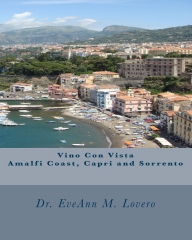
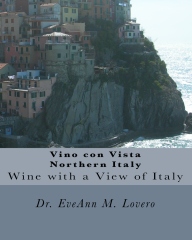


Nice blog! I love amarone wine and am glad to see it featured. More people should know about this wine! Sharing on my Stella Lucente Italian page and Conversational Italian group on Facebook. Join us!
One of my favorites!!